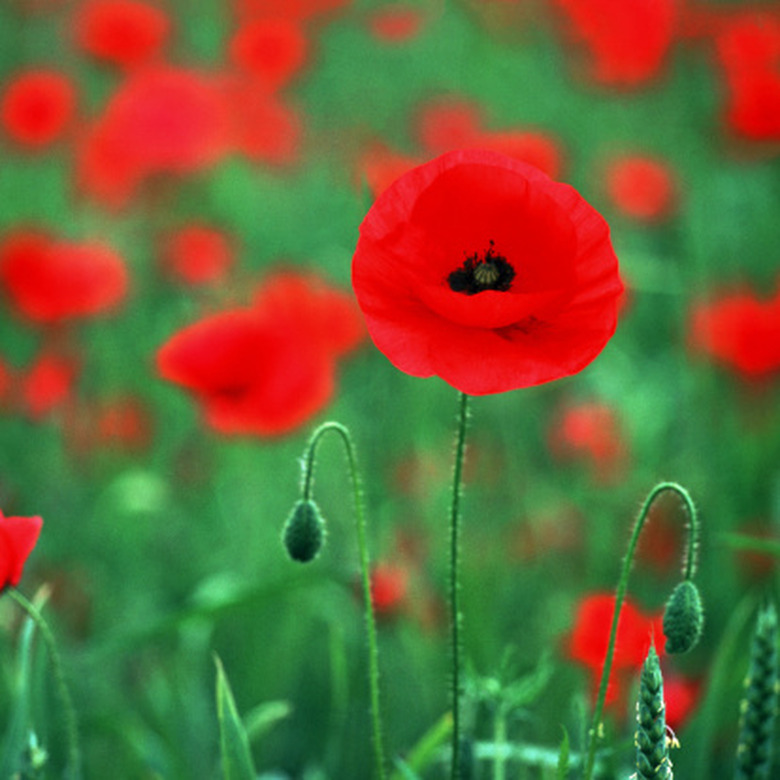Are Poppy Seeds Bad For Birds?
Poppy seeds are one of the ornamental flowers that serve as a good feed source for birds. The seeds can be used to attract songbirds to backyards for viewing or can be part of wildlife habitat plantings in remote areas. The seeds are also used as part of domestic bird seed mixes.
Feeding Poppy Seeds
Feeding Poppy Seeds
Poppy seeds are mixed with other seeds in a number of commercially prepared wild bird seed mixes. Feed these seed mixes in elevated feeders or at ground level. The location and type of feeding presentation will determine the species the feed mix will attract. Most seed eating songbirds will be feed on these types of mixes.
Habitat Plots
Habitat Plots
Poppies are included in ornamental wildlife food plots in areas where the plants will thrive. These plantings include multiple species of flowering ornamentals that are allowed to go to seed at the end of the flowering period. The seeds remain on the plant into the fall and winter for the wild bird population. The plantings serve a dual purpose of providing a visually pleasing view during blooming and wildlife habitat through the fall and winter.
Domestic Bird Seed
Domestic Bird Seed
Poppy seed is included in domestic bird seed mixes meant for parrots, parakeets and cockatiels as an aid to digestion and as a treatment for diarrhea.
Growing Poppies for Bird Seed
Growing Poppies for Bird Seed
Plant poppies in the garden after the last threat of frost in the spring. Blooms commonly occur about 80 days after planting depending on variety. If the intent is to provide poppy bird seed do not deadhead or remove the flowers after the bloom begins to fade. Allow the flower to continue the process of producing seeds. The seed heads can be dried and placed in bird feeders or left on the stalk for the bird to feed on naturally.
References
Cite This Article
MLA
Allen, Keith. "Are Poppy Seeds Bad For Birds?" sciencing.com, https://www.sciencing.com/are-poppy-seeds-bad-for-birds-13426765/. 21 July 2017.
APA
Allen, Keith. (2017, July 21). Are Poppy Seeds Bad For Birds?. sciencing.com. Retrieved from https://www.sciencing.com/are-poppy-seeds-bad-for-birds-13426765/
Chicago
Allen, Keith. Are Poppy Seeds Bad For Birds? last modified March 24, 2022. https://www.sciencing.com/are-poppy-seeds-bad-for-birds-13426765/
